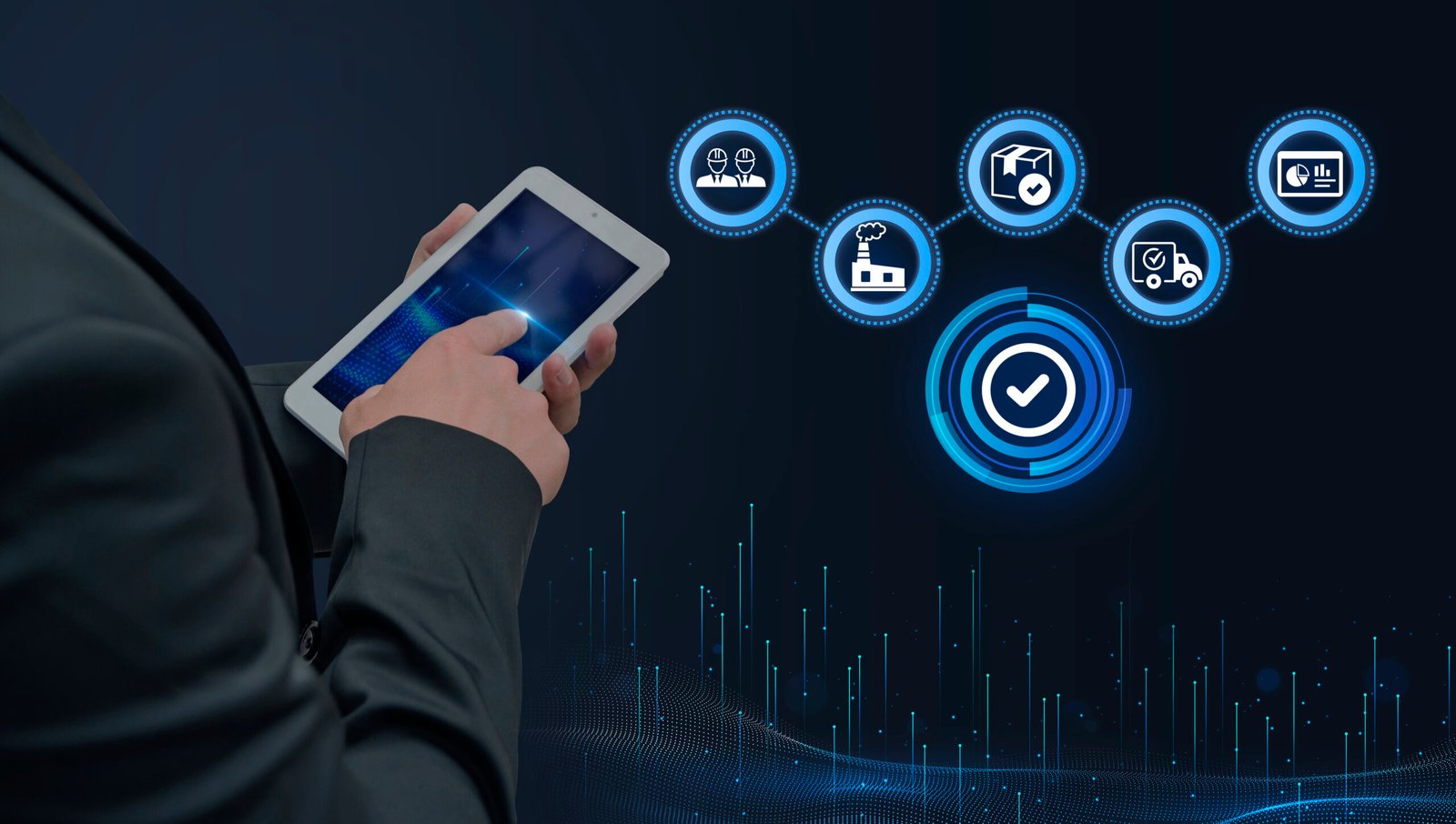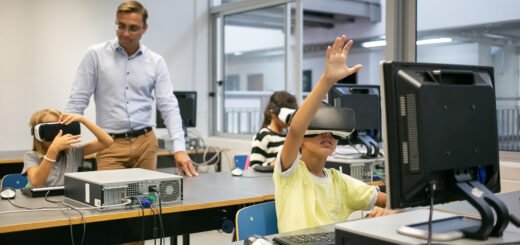Integrated Device Technology. Shaping the Future of Innovation

Introduction to Integrated Device Technology
Driving the technological revolution known as Integrated Device Technology (IDT) are creative ideas in semiconductors, wireless power, timing, signal integrity, and interfaces. Thanks to its commitment to invention, IDT provides dependable and simple to integrate solutions in response to the always changing needs of sectors including healthcare, telecommunications, automotive, and more. Driving technological advancement has been mostly attributed to integrated device technology; however, tech enthusiasts, IT experts, and innovators have to understand its purpose if they are to really value it.
An Evaluation of Development in Integrated Device Technology
Pioneer in semiconductors and integrated solutions, IDT grew from small beginnings to become a global household name.
Key Milestones
- Foundation and Early Innovations:Originally emphasising semiconductor memory products, IDT was created in 1980. It positioned itself as a leader in the sector by diversifying its portfolio over years to include specialist integrated circuit (IC) designs.
- Expansion into Timing Solutions: Understanding the need for exact timing in contemporary uses, IDT developed some of the most accurate timing solutions available in the market and grew to be a major participant in this field.
- Acquisition by Renesas Electronics: Renesas Electronics reached even further globally and could now provide innovative solutions for developing technologies when it bought IDT in 2019, therefore marking one of the most significant events.
The Importance of Integrated Device Technology
IDT’s impact is felt in many different sectors, particularly in the realm of technology its importance is growingly crucial. Here is a closer view of its transforming influence in important sectors.
Healthcare
Great developments in healthcare are made possible by integrated device technology. For medical devices like wearable health monitors, imaging systems, and patient monitoring equipment, its accuracy timing and sensor technologies are absolutely vital These developments guarantee improved patient outcomes, diagnosis, and treatment approach.
Motor Vehicle
IDT’s contributions to wireless charging, sensing, and communication have been much welcomed in the automobile sector. IDT is actively helping the shift to autonomous and linked vehicles by combining technology for vehicle-to- anything (VEX) communication and advanced driver-assistance systems (ADAS).
Networking and Communications
Innovations in signal integrity and high-performance wireless power solutions by IDT are revolutionising the telecoms sector. Faster and more consistent 5G networks made possible by these developments open the path for next-generation communications.
Consumer Electronics
IDT is improving consumer experiences with clever and small integrated device solutions ranging from wireless chargers to sophisticated audio interfaces. Our interactions with common devices are evolving with these technologies.
Core Technologies and Innovations by IDT
Integrated Device Technology has developed numerous cutting-edge technologies targeting efficiency, flexibility, and scalability.
Wireless Power Solutions
IDT has been a pioneer in the development of wireless charging technology. A genuinely cable-free experience is facilitated by the use of its wireless power transmitters and receivers in a diverse array of devices, including smartphones and wearable.
Precision Timing
Precision timing solutions are one of IDT’s key strengths. These include programmable clock generators, clock distribution devices, and ultra-low hitter timing products, ensuring unparalleled performance across applications like data centres and networking.
Signal Integrity
IDT’s advancements in signal integrity ensure seamless data transfer by minimising signal degradation, hitter, and noise. This innovation is especially critical in high-speed communication protocols such as PCIe and Ethernet.
Sensors and Interfaces
IDT’s sensor technologies, such as touch and force sensors, are widely used in automotive and consumer electronics. Similarly, its high-performance interfaces allow easy integration with multiple signalling standards.
Advanced ICs for IoT
With the rise of IoT (Internet of Things), IDT has developed micro controllers and power management ICs that optimise energy efficiency while enabling smarter device connectivity.
Expert Quote:
“IDT’s contributions to wireless power, timing, and signal integrity have been trans formative, particularly in telecommunications and automotive sectors,” notes [Researcher], a leading researcher in semiconductor technology.
The Future of Integrated Device Technology
What lies ahead for Integrated Device Technology? The trajectory predicts even more exciting developments.
Predictions and Insights
- AI Integration:Leading the integration of AI-driven capabilities into semiconductors, IDT will help to enable smarter, more autonomous solutions across several sectors.
- Advancing Edge Computing:By providing ultra-efficient, low-latency technology, IDT is likely to play a bigger part in edge computing as IoT devices proliferate.
- Sustainability Initiatives: Driven by worldwide environmental issues, IDT is expected to create greener technologies with an eye towards sustainable manufacture and energy-efficient ICs.
Expert Quote:
“The future of technology is undeniably tied to the integration of diverse functionalities into compact, efficient devices. Integrated Device Technology is at the forefront of this evolution,” comments [Industry Expert], CEO of [Tech Company].
Case Studies
Real-world implementations show the tangible benefits of IDT’s expertise.
- Automotive Industry: IDT’s wireless charging modules were integrated into the latest EV models by leading car manufacturers, simplifying how owners charge their vehicles and boosting safety.
- Telecommunications: A multinational telecom provider adopted IDT’s signal integrity solutions for their 5G roll out. The result? Increased network reliability and reduced lateness.
- Healthcare: A major healthcare device manufacturer used IDT’s sensors to improve the accuracy of patient monitoring systems, enhancing the quality of care delivered in ICU.
Challenges and Opportunities for Integrated Device Technology
IDT has great development prospects ahead even if it faces typical IT industry problems for all its accomplishments.
Challenges
- R&D Costs: Maintaining leadership in a competitive environment depends on high levels of research and development investment.
- Supply Chain Vulnerabilities:Global semiconductor shortages have brought supply chain fragility under close inspection.
- Technological Integration: Sometimes the fast speed of technical development makes it difficult to keep innovations compatible with current systems.
Opportunities
- Global Expansion: Increased reliance on technology in developing regions presents a fantastic opportunity to extend IDT’s global footprint.
- Partnering with Key Players: Collaborations with top technology firms can accelerate the deployment of IDT’s innovations.
- Emerging Technologies: IDT’s expertise can greatly contribute to fields such as quantum computing and energy-efficient edge devices.
Expert Quote:
“As the digital world becomes more complex, the need for integrated, versatile solutions only grows. Integrated Device Technology is meeting this demand head-on,” observes [Innovator Name], COT of a leading tech startup.
Conclusion
Integrated Device Technology is an innovator guiding the direction of technology, not only a source of semiconductors. IDT keeps pushing significant improvements across sectors including healthcare, automotive, telecommunications, and beyond by emphasising accuracy, efficiency, and integration.
Maintaining knowledge of these advancements is essential for innovators, IT experts, and tech aficionados. Maintaining Integrated Device Technology on your radar is essential whether you’re developing the next ground-breaking product or trying to implement innovative ideas in your company.
IDT’s function as a major enabler of innovation will surely become more important as sectors change and help to position it as the engine behind the next generation of technological innovations.


